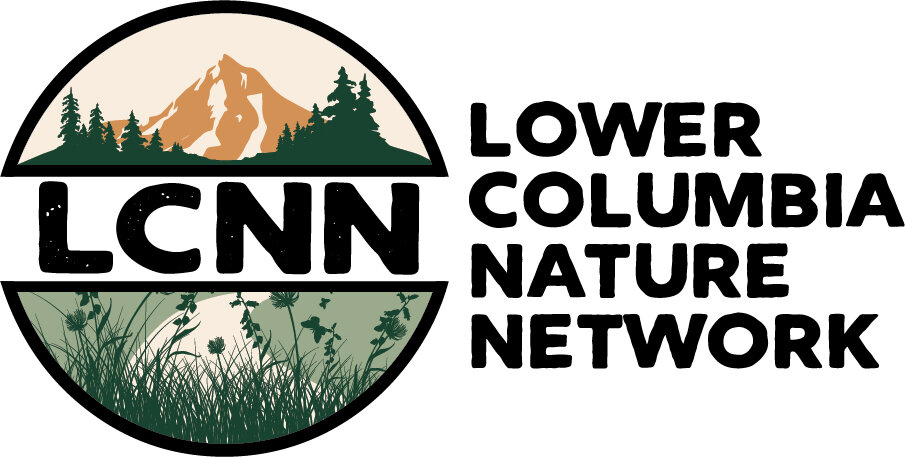What are “barriers to access nature?”
Photo credit: Columbia Springs
One of the goals for the Lower Columbia Nature Network is to “reduce barriers so all can access nature.” When someone asks about what our Network does and I share that answer, most people pause and say, “what does that even mean?”
The question is a good one and it’s worthwhile to pause to consider what it truly means to have barriers to access nature. In my family, my children have been raised with lots of opportunities to experience the outdoors. They grew up living on a few acres, sat in the garden with me planting seeds, played with worms, and were mesmerized by the bees and butterflies all around. They had chickens to tend to and the freedom to play “Kick the Can” at night in the field with their friends. We camped and hiked since they were babies and their dad taught them all how to fish. Now that they are in their teens and early 20s, they feel comfortable hiking with friends, can find their own way to the top of Silver Star Mountain to watch the sunrise and can even take their dad’s boat to fish by themselves.
Is that the experience of all, or even most? Consider these barriers and think of some of your own.
Not all kids have parents who model getting outside for recreation
Not all have the money for the equipment necessary
Transportation can be an issue. For someone who doesn’t have a car, can a bus take them to a trailhead?
Many have no yard or easy access to a park or nature space
Some may have a park or field nearby but it’s not a safe place to play and explore
Some fear the outdoors or woods and worry they will be harmed by wildlife
Some have physical disabilities that restrict their enjoyment of a park or nature space to a short, paved loop that doesn’t allow them to fully experience the place.
What about safety? I’ve heard from some people of color that they don’t feel safe in a park or on a trail. They feel they are looked at like they don’t belong.
Many families with young kids may not know where to go and/or what to do at different parks or trails. So where can they find that information so they know that their limited time can afford a positive experience.
So how exactly are barriers reduced? That’s part of the work we are diving in to at the Lower Columbia Nature Network. Like with addressing all problems, we first need to see it, acknowledge it is there and hear people’s stories. Unless we hear of those lived experiences, we don’t even think some of those limitations exist.
Part of the work we are doing in a cohort with the Children and Nature Network and Cities Connecting Children to Nature is to create a nature equity map, conduct a policy scan, and create partnerships to hear and share needs and resources.
But what’s more important and comes first and foremost before any map or scan or tool is empathy, compassion, listening and truly hearing needs. We all could listen more, get outside of our own experiences, see what more we can do to provide equitable access for all to experience the transformative, life-giving power of nature.

